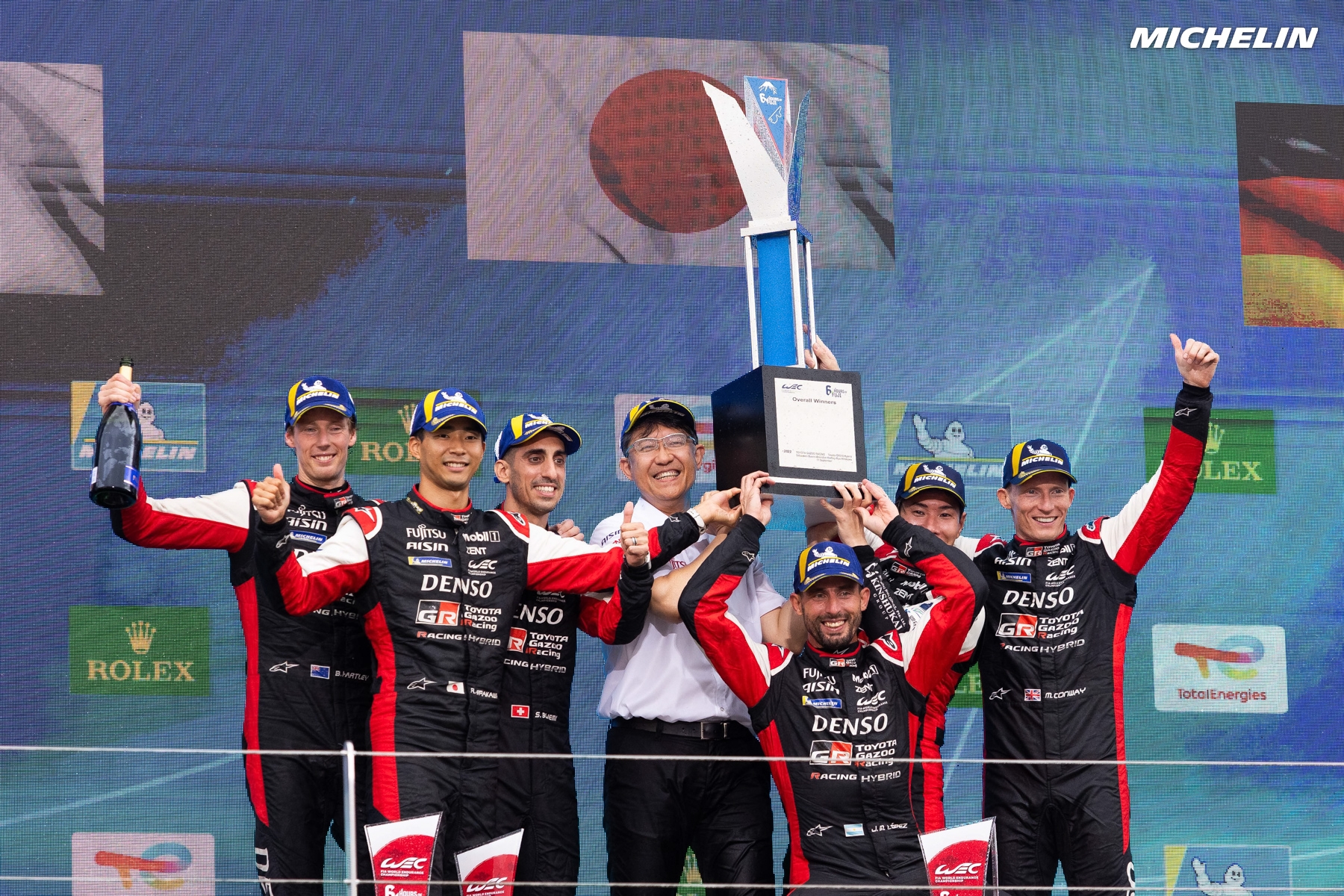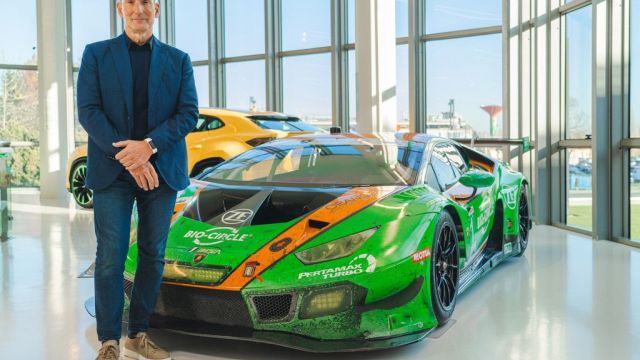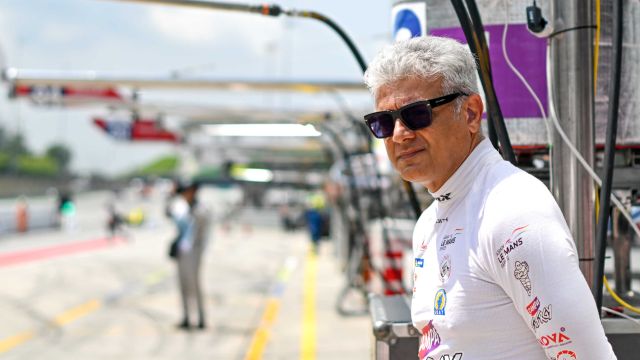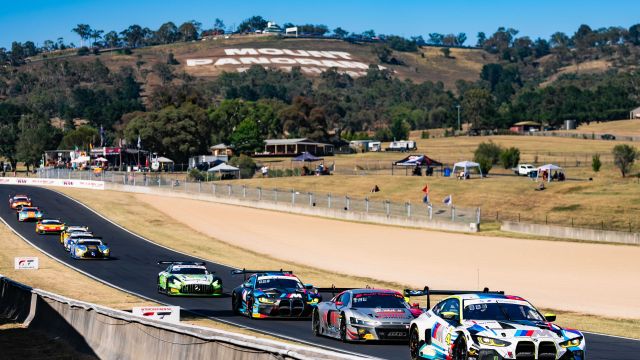Michelin's endurance racing tires strike the ideal balance again in Japan!
This year saw the FIA WEC pay its tenth visit to Fuji since the creation of the series in 2012. At this time of the year, the temperature and humidity levels tend to be particularly high, although the heat at the circuit was less stifling than it was in Tokyo’s ever-bustling centre which is just two hours away by car. But even after tropical storm Yun-yeung had swept over the circuit giving way to more settled conditions, the weather still put the drivers, teams, cars and tyres to a challenging test, including rain for Friday and Saturday’s different practice sessions. Sunday’s race, however, was dry, with the sun even putting in a welcome appearance.
Fuji Speedway has been the property of the Japanese manufacturer Toyota since 2005 and its 4.563-kilometre, 16-turn loop is notably notorious for its long, 1.5km straight which sees the cars reach speeds in excess of 300kph. Lap times are tempered, though, by the twistier Sector 3 which calls for higher aerodynamic downforce. Tyres, of course, are one of the chief ways for teams to strike the most effective compromise for the circuit’s contrasting characteristics because of the mechanical grip they provide to optimise downforce and performance over the full lap.
Tyre strategy was a constant topic of conversation over the weekend as Michelin’s partners switched from wet-weather rubber to medium slicks as the racing line dried, and then to the hard option whenever the conditions allowed. Michelin’s team advisors reported a variety of strategies, with some cars even running different compounds simultaneously due to the fact that Fuji tends to be harder on the left-hand tyres.
Significant thought went into choosing between new and part-worn covers, as well as between the medium or hard compound, especially as double-stinting was mandatory because of the restrictions placed on tyre quantities by the championship’s regulations. Michelin’s experience played a big role in helping its partners to strike the ideal balance.
“This was our first trip to Fuji with our latest Hypercar tyres,” notes Pierre Alves, the manager of Michelin’s endurance racing programmes. “We have good knowledge of the circuit, but a number of question-marks subsisted following our introduction of a new range for 2023. That said, our engineers and technicians worked closely with our partners during the build-up to the race and any lingering doubts were soon lifted. We started by running our latest Hypercar rain tyre but were also able to evaluate our medium and hard slicks prior to qualifying. It swiftly became evident that the warm-up performance of the latter wouldn’t an issue. For 2023, we designed our tyres to climb to their working temperature more quickly, with no detriment to either their performance or longevity, and that proved to be the case once again in Japan. As usual in LM GTE Am, everything went well thanks to the support provided to our teams who were able to benefit fully from their tyres’ potential, again irrespective of compound. They got the opportunity to run the four options they had in Japan, including a choice of two wet-weather solutions, whereas the Hypercars had only one, albeit extremely versatile type of rain tyre available.”
At Fuji, the teams were swift to note the consistency of our hard slick which completed lap after lap without missing a beat. It double-stinted successfully without any problems, while the exceptional versatility of our medium allows it to cover a wide window of track temperatures.
The 2023 6 Hours of Fuji was won by the #7 Toyota GR010 Hybrid of Toyota Gazoo Racing’s Mike Conway, Kamui Kobayashi and José Maria Lopez. The #8 sister car (Sébastien Buemi/Brendon Hartley/Ryo Hirakawa) was second, ahead of the #6 Porsche Penske Motorsport Porsche 963 (Kevin Estre/André Lotterer/Laurens Vanthoor).
Toyota’s one-two finish on home soil saw it clinch the 2023 FIA WEC world title in association with Michelin.
The LM GTE Am victory went to the #54 AF Corse-run Ferrari 488 GTE Evo of Davide Rigon, Thomas Flohr and Francesco Castellacci, ahead of Kessel Racing’s similar #57 car shared by Takeshi Kimura/Scott Huffaker/Ritomo Miyata.
Third was Corvette Racing’s #33 Chevrolet Corvette C8.R (Ben Keating/Nicolas Varrone/Nicky Catsburg). All these cars raced on Michelin tyres.
The final round of the 2023 FIA World Endurance Championship will take teams to Bahrain on November 3-5 for an eight-hour race that will decide who wins this season’s Drivers’ titles.






Comments
Log in to comment the article